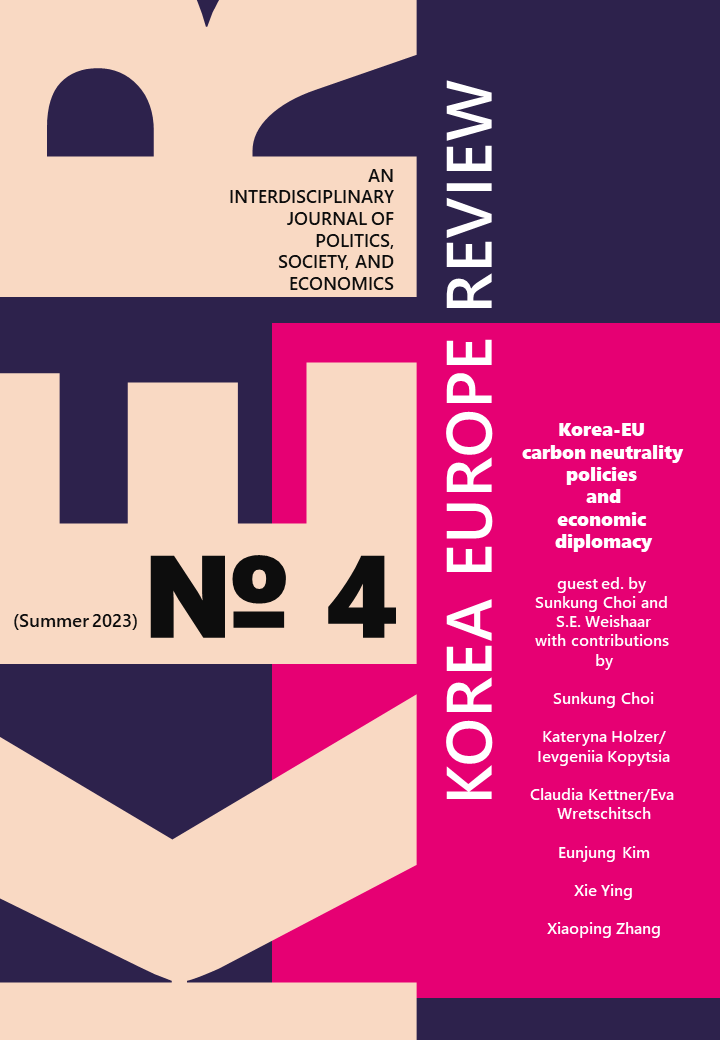Diplomatic Challenges for the EU and China in the Era of CORSIA
DOI:
https://doi.org/10.48770/ker.2023.no4.22Keywords:
Aviation emissions, CORSIA, EU ETS, China ETS, Normative power conflict, Diplomatic challengesAbstract
Civil aviation has expanded in recent years, and the sector’s greenhouse gas (GHG) emissions have grown rapidly, which accounts for 2-3 percent of global CO2 emissions. The EU has taken the lead in addressing aviation emissions to cover aviation sectors in the EU ETS. Meanwhile, at the international level, the International Civil Aviation Organization (ICAO) adopted the Carbon Offsetting and Reduction Scheme for International Aviation (CORSIA). This article examines the diplomatic challenges that the EU and China will face because of their different responses to CORSIA. The EU has introduced CORSIA to its aviation ETS, while China has not participated in CORSIA and opposes its unified climate target, baseline, and mechanism. The main future challenge for the EU will arise if and when the EU decides to extend its ETS to non-EEA flights from 2027 onwards to countries that refuse to use CORSIA, as this would (1) be inconsistent with the “anti-duplication clause” of ICAO Assembly Resolution A40-19 and (2) constitute an extraterritorial application of EU rules to other jurisdictions, which risks being perceived as a violation of the sovereignty of a third country. In addition, the EU Aviation ETS Directive may also raise the issues of minimum harmonisation and regulatory differentiation within the EU itself. China, on the other hand, has tried to establish its own ETS with the major diplomatic challenge for China being its deviation from the MRV requirements of CORSIA.

Downloads
Published
How to Cite
Issue
Section
License
Copyright (c) 2023 Ying Xie

This work is licensed under a Creative Commons Attribution 4.0 International License.


